Samsung Galaxy Watch 4 hands-on: The first Wear OS smartwatch truly worth your money
Samsung Galaxy Watch 4: Specs
Processor: Exynos W920
Software: Wear OS + One UI Wach
Sensors: Samsung BioActive Sensor (PPG+ECG+BIA)
Connectivity: Bluetooth, Wi-Fi, LTE (optional), NFC
Memory: 1.5GB RAM + 16GB
Durability: 5ATM + IP68 / MIL-STD-810G
Smartphone compatibility: Android 6.0 or higher
Battery life: 40 hours
The Samsung Galaxy Watch 4 feels familiar, yet different, and I mean that in the best way possible. It looks like a Galaxy Watch, but this iteration is slimmer and more sophisticated. The software works like Tizen, but the new Google Wear OS platform is pragmatic and precise.
Samsung ditched the ‘Active’ branding for its latest lineup, instead pitching a sporty-looking Galaxy Watch 4 as the company’s flagship and a ‘Classic’ version that carries on the luxurious characteristics of last year’s Samsung Galaxy Watch 3.
There’s no blood glucose monitor as once rumored, but this smartwatch does pack an exclusive 3-in-1 health sensor for measuring heart rate, taking ECGs and reading body composition — the first major smartwatch to offer bioelectrical impedance analysis. Do I sense the Apple Watch 7 getting nervous?
We’re still hours of testing away from seeing whether Samsung’s contemporary wrist candy will earn the bragging rights to claim the title as the best smartwatch. This ongoing, hands-on Samsung Galaxy Watch 4 preview has everything you’ll need to know before then.
Samsung Galaxy Watch 4 price and availability
Both the standard Samsung Galaxy Watch 4 and Galaxy Watch 4 Classic will become available on August 27. If you pre-order yours between August 11 and August 26, you’ll get $50 credit to the Samsung store.
The Galaxy Watch 4 starts at $249.99 for the 40mm Bluetooth model and $299.99 for the 40mm LTE model. The Galaxy Watch 4 Classic starts at $349.99 for the 42mm Bluetooth model and $399.99 for the 42mm LTE model.
Samsung Galaxy Watch 4 vs. Galaxy Watch 4 Classic: What’s different?
| Galaxy Watch 4 | Galaxy Watch 4 Classic | |
|---|---|---|
| Starting price | $249.99 | $349.99 |
| Size options | 40mm/44mm | 42mm/46mm |
| Dimensions | 40mm:40.4 x 39.3 x 9.8 mm; 44mm: 44.4 x 43.3 x 9.8 mm | 42mm: 41.5 x 41.5 x 11.2 mm; 46mm: 45.5 x 45.5 x 11.0 mm |
| Weight | 40mm: 0.91 ounces 44mm: 1.06 ounces | 42mm: 1.64 ounces 46mm: 1.83 ounces |
| Battery capacity | 40mm: 247mAh; 44mm: 361mAh | 42mm: 247mAh; 46mm: 361mAh |
| Color options | Black, Silver, Pink Gold, Green | Black, Silver |
Let’s get this out of the way — the Samsung Galaxy Watch 4 and Watch 4 Classic are identical on the inside. From the new Wear OS software and Samsung’s One UI skin to the 3-in-1 health sensor and expansive watch face collection, you’ll get the same software experience.
The Samsung Galaxy Watch 4 Classic features fancier materials such as stainless steel case, leather straps and the physical rotating bezel. Think of it like the Apple Watch’s ‘Edition’ line. Except the Galaxy Watch 4 Classic is far more affordable than the Apple Watch Edition models, which are typically made from high-end materials like ceramic and titanium. Though it costs $100 more than the standard Galaxy Watch 4 Classic, it’s starting price is still less expensive than the entry-level Apple Watch 6.
Samsung Galaxy Watch 4: Design
Both versions of the Samsung Galaxy Watch 4 feature a redesigned frame that allows for gapless transition from the smartwatch chassis to the straps. The uniform set of crown buttons also sport an oblong shape, rather than one protruding round crown accompanied by a flush side button.
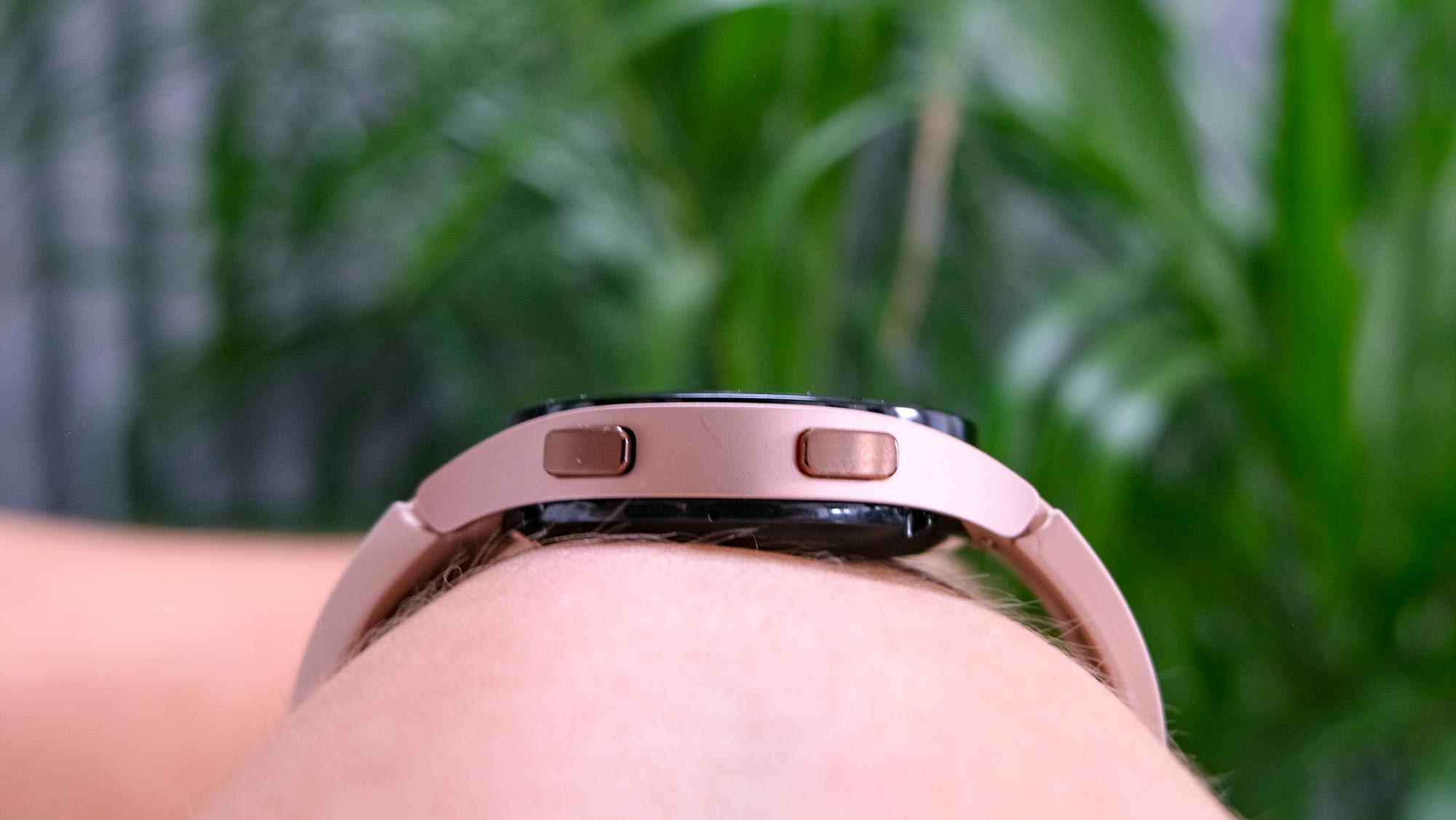
Despite these subtle changes, the Galaxy Watch 4 pays homage to the Galaxy Watch models of the past. The Galaxy Watch 4 Classic gets the rotating bezel, which is both a handy navigation tool and excellent fidget spinner. Since the original Samsung Galaxy Watch debuted the bezel, it’s become as iconic to the product as the S Pen is — err, was? — to the Galaxy Note smartphone.
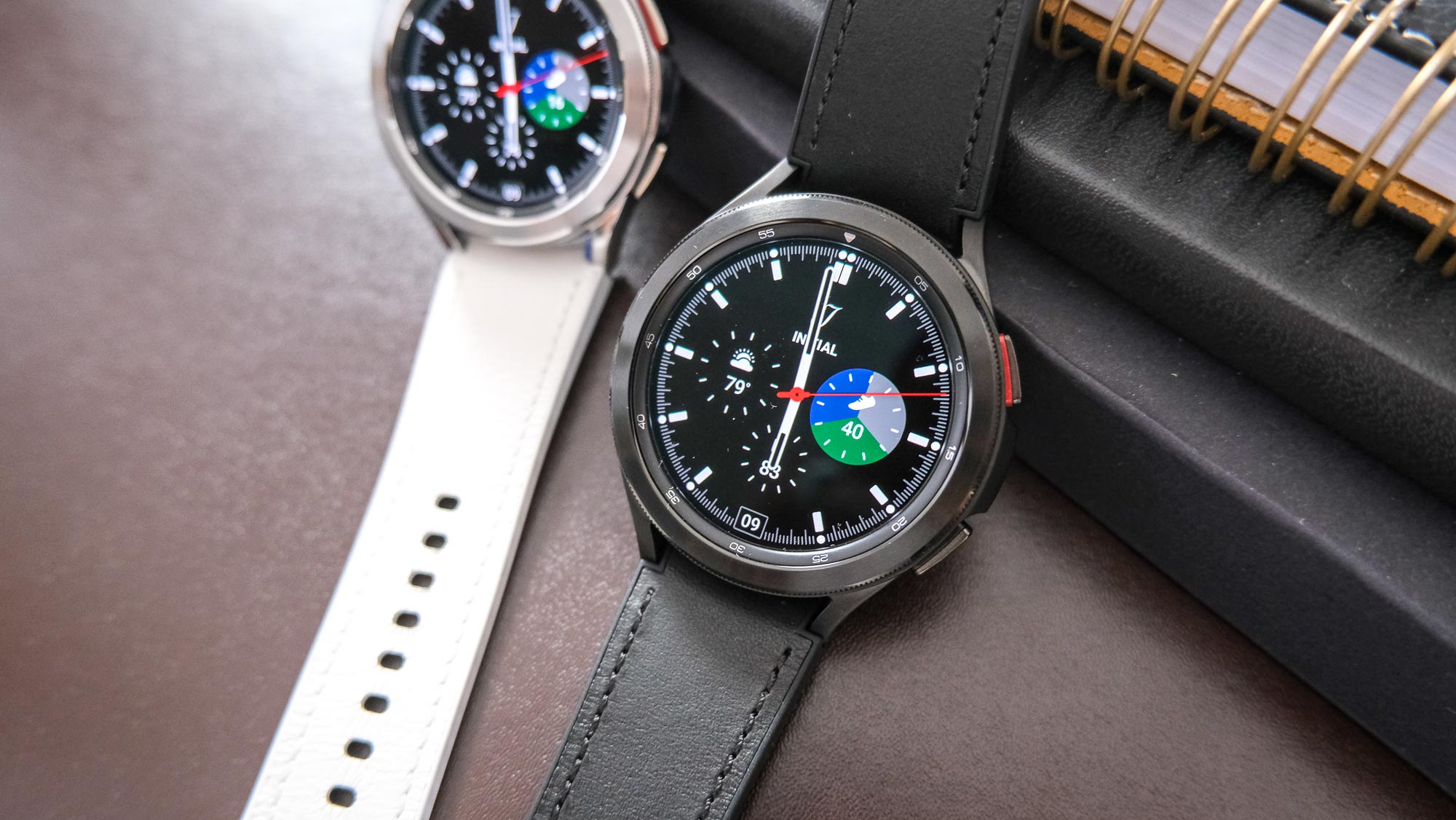
So as someone who’s used the Galaxy Watch 3 more recently than the Samsung Galaxy Watch Active 2, adjusting to a capacitive version of the bezel on the baseline Galaxy Watch 4 took time. But minus the mechanism, the smartwatch is a lot slimmer, making for a modern gadget that won’t be mistaken for a traditional timepiece.
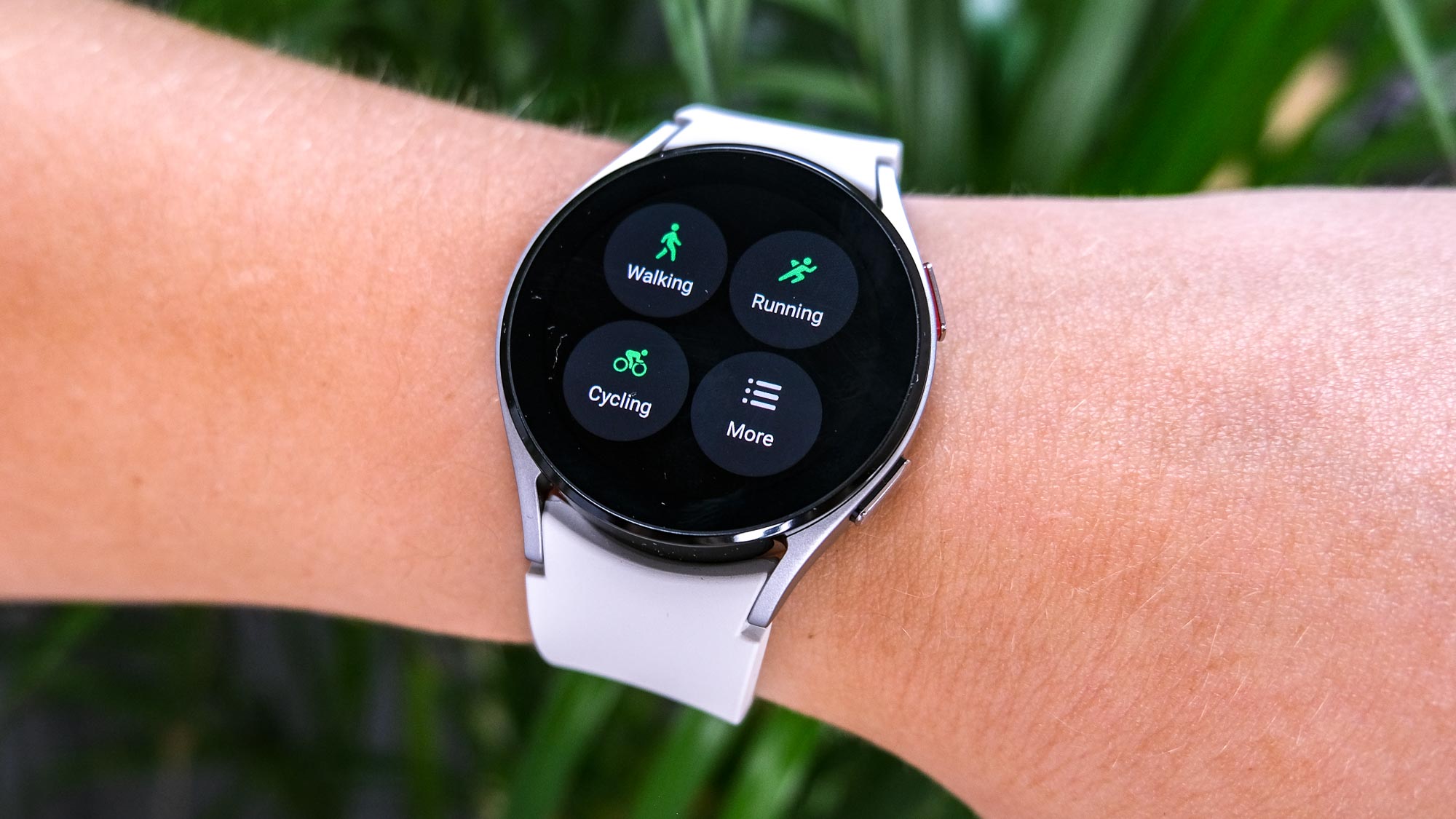
I’d still wear it from the gym to dinner, though, especially in the Silver or Pink Gold options. That’s just my taste. I also appreciate the Green version that’s color-matched to the Samsung Galaxy Z Flip 3, but it only comes in the 44mm size. I prefer the 40mm model for my wrist size, though my male colleague tried on the 46mm Galaxy Watch 4 Classic and enjoyed the look of the larger display.
Samsung Galaxy Watch 4: The new wear OS reveal
My short time toying with the Samsung Galaxy Watch 4’s software is the best experience I’ve ever had using Wear OS, period. Although smartwatches with the old Wear OS have fooled me before — working fine at first until glitches start oozing out — the Galaxy Watch 4 didn’t falter. I will say the software still feels very Tizen-esque, but it’s a good thing. Finding my rhythm took no time, letting me switch between apps and menus and setting pages seamlessly.
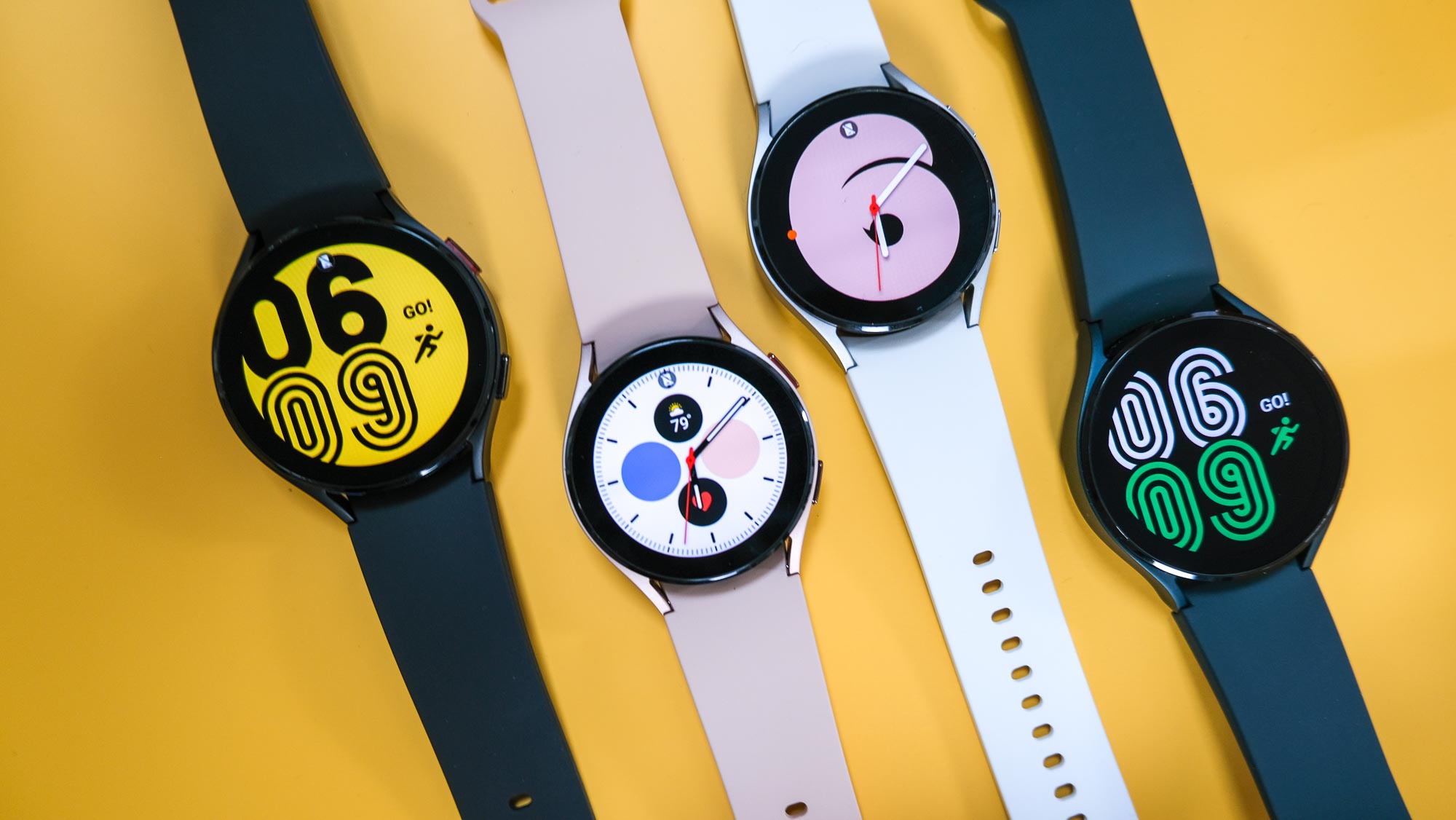
The rotating tiles are obvious remnants of Tizen, plus Samsung Pay and Samsung Health still take priority. Beyond that, Google’s new app cloud (which looks a lot like wearOS, but it’s convenient so who cares?) is loaded with Google’s programs. I’m most excited to see how well Google Maps on my wrist helps me get around, since I noticed a considerable improvement to Apple Maps for Apple Watch recently. Yes, the Apple Watch has Google Maps support, but it’s limited and particularly fickle offline.
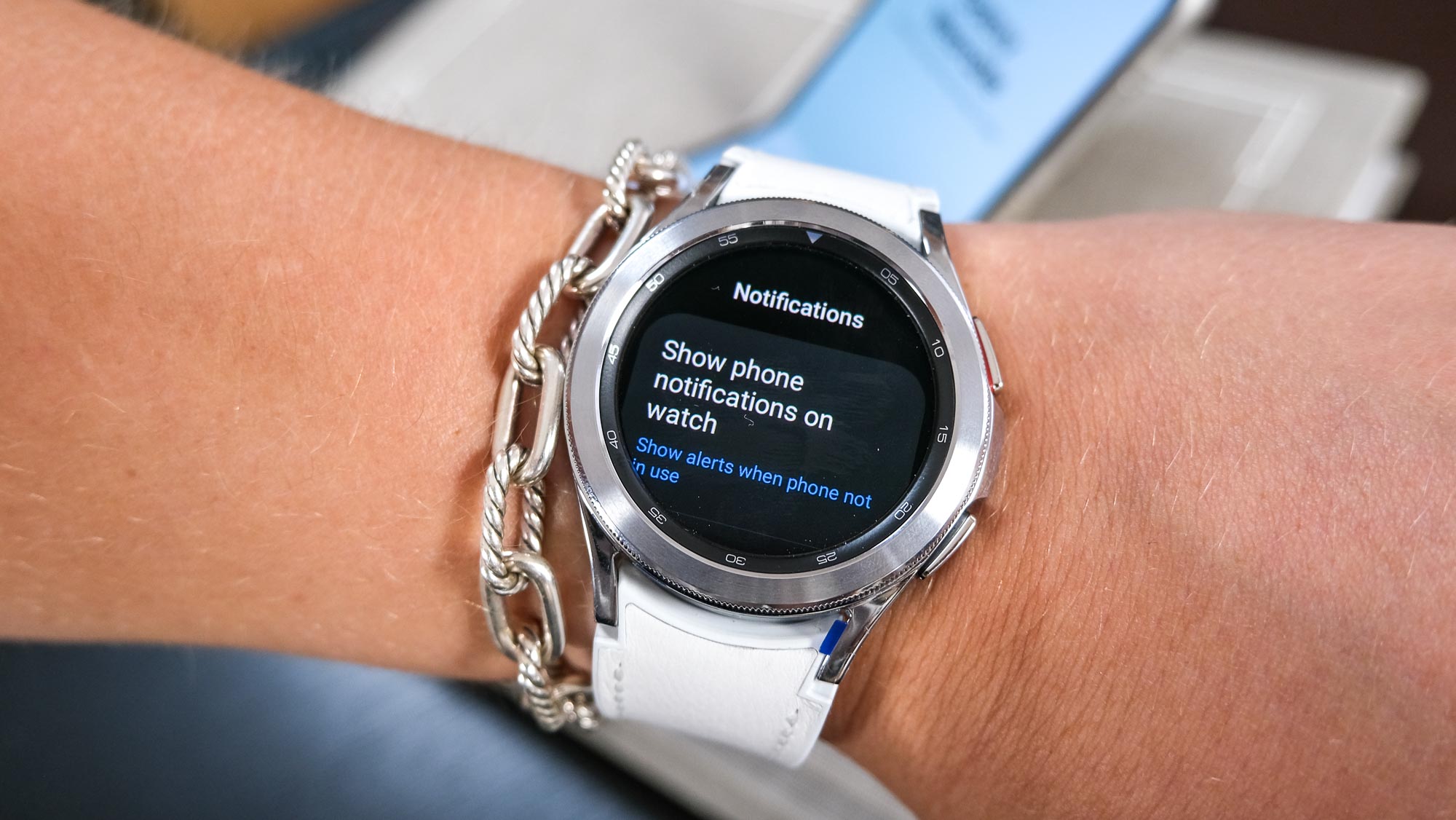
Complementing Wear OS, One UI Watch makes the Galaxy Watch 4 a more active member of the Samsung device ecosystem. The software skin will transition settings and tools from a Galaxy smartphone to a Galaxy smartwatch, and vice versa, automatically. One UI Watch also leverages an expansive watch face library, complete with a proprietary editing suite for developers. Bubbly numbers, animal animations and color-coordinated complications that remind me of Android 12 are some of my favorite faces so far.
Samsung Galaxy Watch 4: Body composition analysis
Samsung developed a new health sensor for the Galaxy Watch 4. It combines heart rate monitoring (PPG), an electrocardiogram reader (ECG) and bioelectric impedance analysis (BIA) for a 3-in-1 sensor that sits closer to the skin than the individual health sensors in the previous Galaxy Watch.

Of those, BIA is the big news. Similar to what you’ll find on the best smart scales, BIA sends a weak electric current through your body to analyze body fat percentage, body mass index (BMI), muscle mass, bone mass, body water percentage and more. Taking a BIA reading is quick, but you’ll need to hold your fingers against the crown buttons for about 15 seconds without those fingers resting on the skin next to your smartwatch. It’s a little awkward.
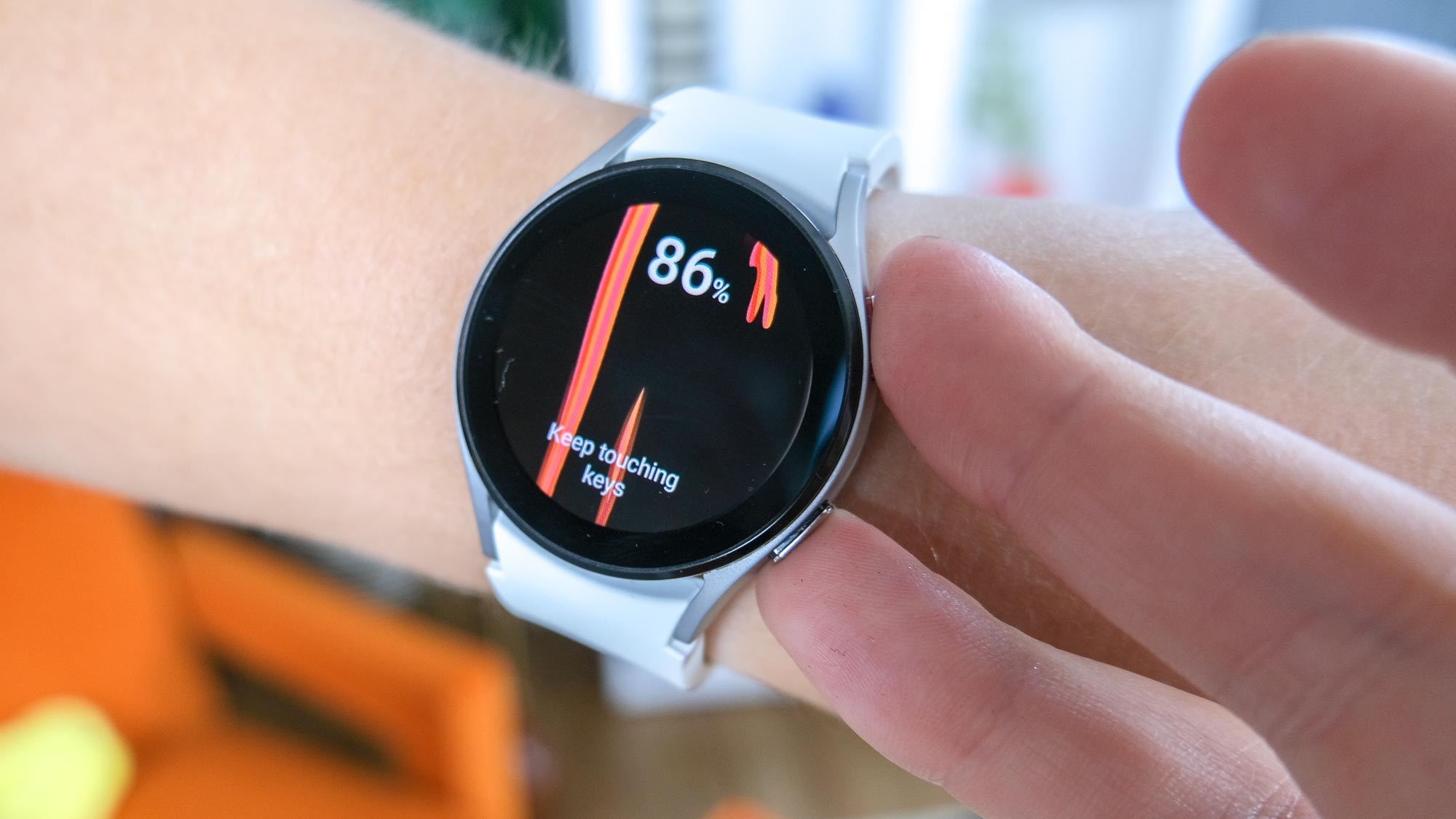
It’s also a little troubling. When used properly, body composition analysis can help you understand how changes you make to your diet or activity impacts your internal makeup — not just your weight. But there are caveats. For one, it’s not recommended that people with pacemakers or people who are pregnant use BIA. While many smart scales have a mode that disables BIA. Samsung simply says those who shouldn’t use it, shouldn’t use it.
Then there’s concerns about the metrics gathered from BIA possibly perpetuating body dysmorphia. Samsung simply says the measurements might not be accurate for those under 20 years old, but doesn’t appear to put a true age restriction on the feature. I need to chew some more on how I feel about the company’s efforts for ensuring responsible use.
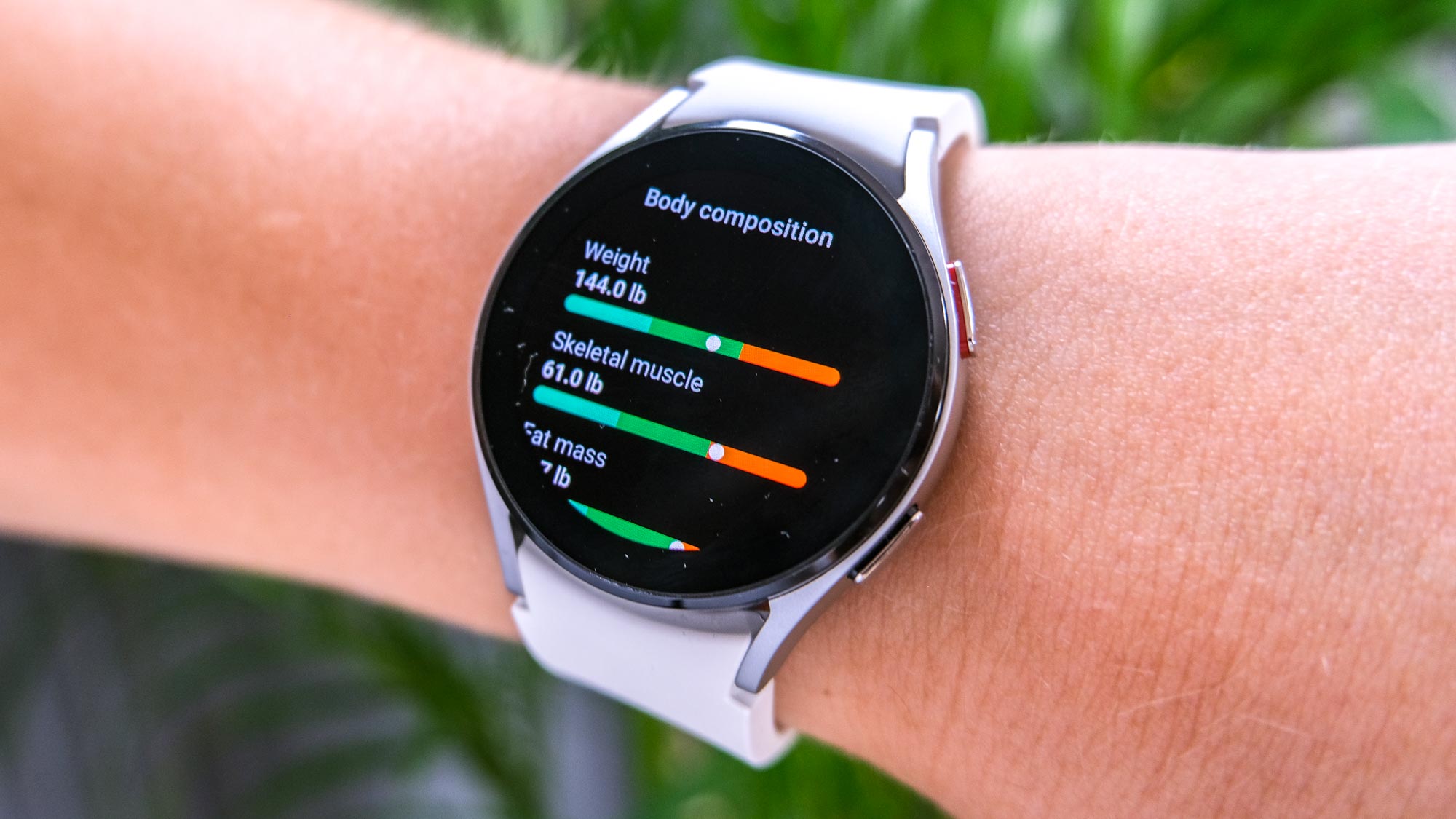
I’d like to see how the smartwatch’s metrics compare to a smart scale’s readings, too, smart scales mainstreamed the ability to test your body’s makeup without needing to see a doctor in an actual office. Whether the Galaxy Watch 4’s BIA readings are accurate will determine whether the feature is a win, or at least one other top smartwatches should copy.
Samsung Galaxy Watch 4: Sleep and stress tracking
Samsung improved sleep tracking metrics for its latest smartwatch. Blood oxygen is measured once a minute overnight on the Galaxy Watch 4, compared to once every 30 minutes on the Galaxy Watch 3. More SpO2 readings could mean more insight on rest quality, especially for those with conditions like sleep apnea. When you sleep next to a compatible smartphone, the sounds of your snores get tracked, too.

While I haven’t had the chance to test sleep tracking or physical activity tracking, I did get to check in on my mental wellness with the Galaxy Watch 4’s stress app. I stayed in the green, which means not too stressed, but the smartwatch still gave me the option to launch a breathing session. The Fitbit Sense takes a more convincing approach to stress monitoring and management, though it’s encouraging to see Samsung’s watch catching up.
Samsung Galaxy Watch 4: Battery life
As much as I’d like to call the battery life a let down (some rumors hinted at a week-long battery life,) it’s a far cry from a dealbreaker. Samsung estimates the Galaxy Watch 4 can last 40 hours with regular use. It said something similar last year, but with GPS, activity tracking and the always-on display enabled, I needed to charge every 24 hours.
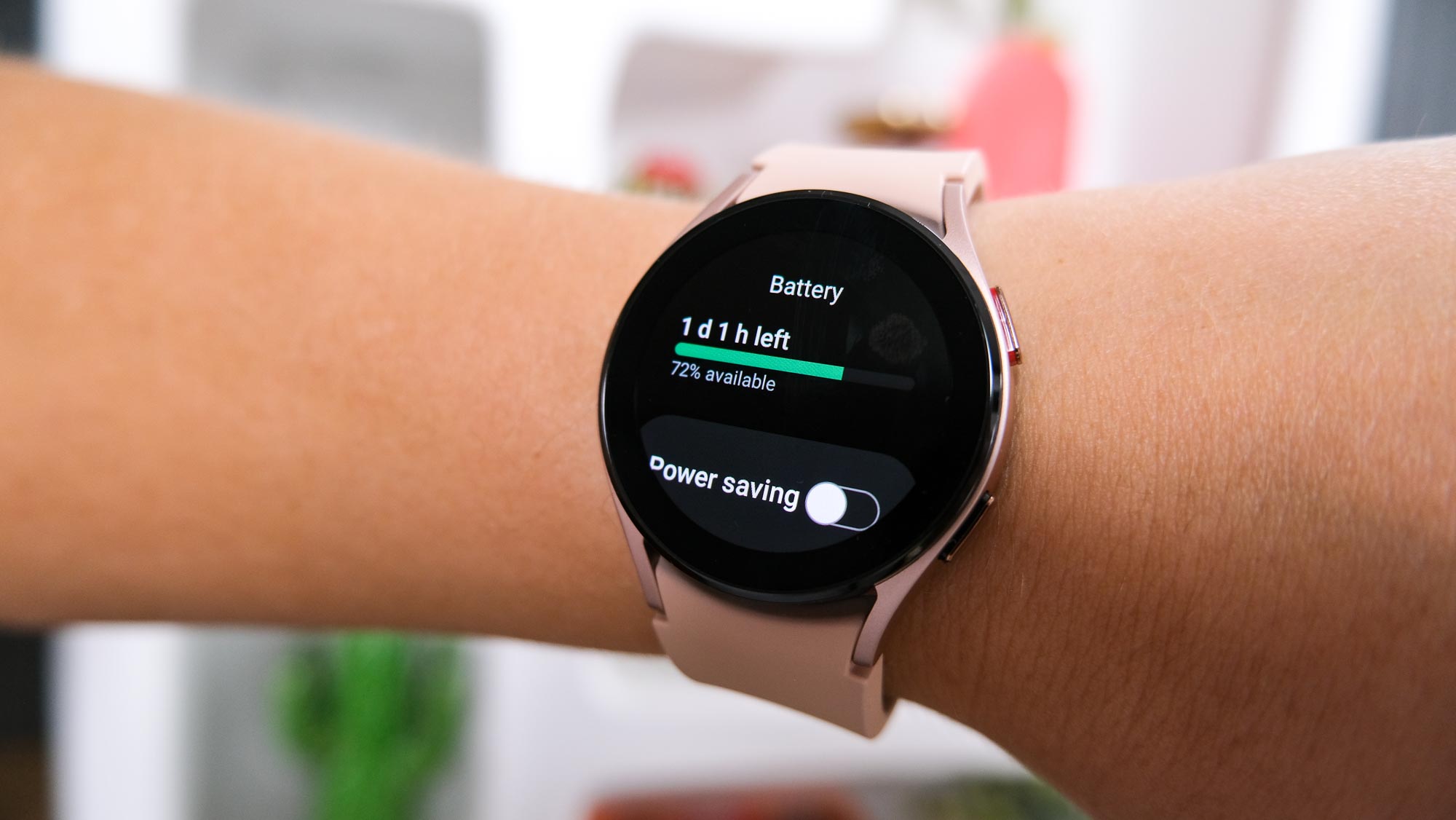
Daily charging is just the norm for most mobile devices we use every day. Sure, many great smartwatches and many of the best fitness trackers last several days without a charge. But as long as you’re not disappearing into the woods for a week, I wouldn’t get caught up on the difference between 40 hours and a day.
Samsung Galaxy Watch 4: Outlook
From what I’ve seen so far, the Samsung Galaxy Watch 4 packs plenty of promise. With design updates, refreshed software and a breakout BIA system, it’s by no means an incremental upgrade. And all at a lower price, I might add.
But sometimes, when you make many changes at once, there’s more chances for individual changes to fall short. I still need to test battery life and stress the new Wear OS software. I’m also not sold yet on the infallible benefits of body composition analysis.
The Samsung Galaxy Watch 4’s success could come down to the smartwatch integrating as obnoxiously well with Galaxy devices as the Apple Watch does with the greater Apple ecosystem. If it can master convenience, all the other chips should fall in place.
For all the latest Technology News Click Here
For the latest news and updates, follow us on Google News.
